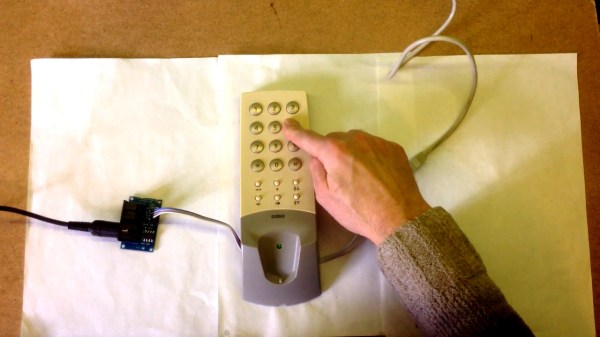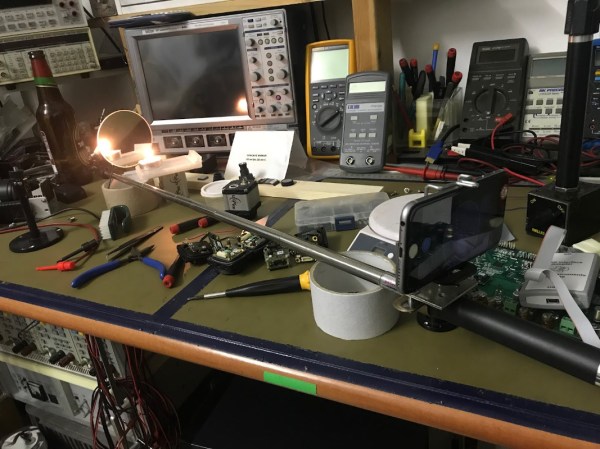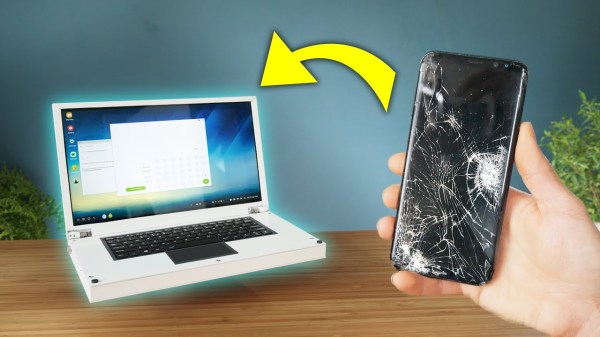Smartphones have supplanted cameras in day to day use for the vast majority of purposes. However, unlike cameras, they don’t come with tripod mounts or any real good way of holding them in a set position. [Mrballeng] has built an excellent mount, however, that uses cable to hold a smartphone in all manner of positions, for photography or other purposes.
The mount relies on vinyl-coated steel cable. Upon this cable are slotted four blocks that are 3D printed out of resin. The blocks are also fitted with strong magnets. This allows them to be positioned along the vinyl cable while sticking themselves in place thanks to the magnetic attraction to the steel core. The blocks can also be used to attach the cable to magnetic objects like drywall screws or light fittings.
Using the mount is simple. The cable is wrapped around the phone and the blocks cinched up to hold it in place. Then, the magnets in the blocks can be used to hold the phone to walls or other surfaces.
It’s a tidy build, and one we can imagine using regularly if we had one. Of course, there’s no reason you couldn’t produce the parts on a more common filament-based printer, either. We’ve seen some other great smartphone photography hacks too, like this mod that lets you use your phone as a microscope for under $10. Video after the break.
Continue reading “Build Yourself A Nifty Cable Smartphone Mount”

















